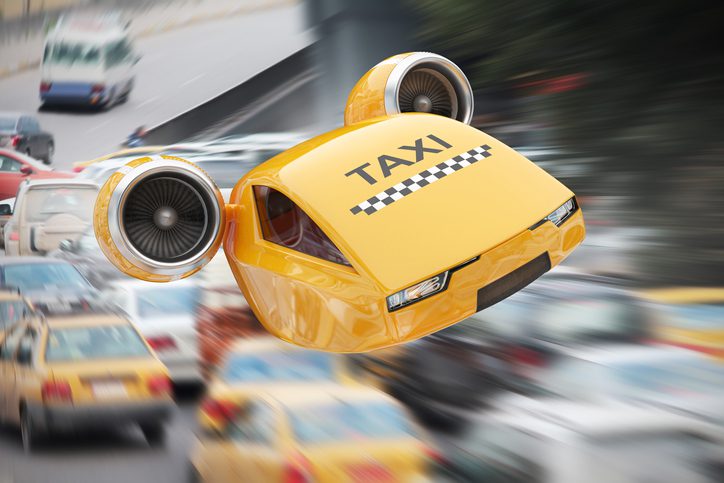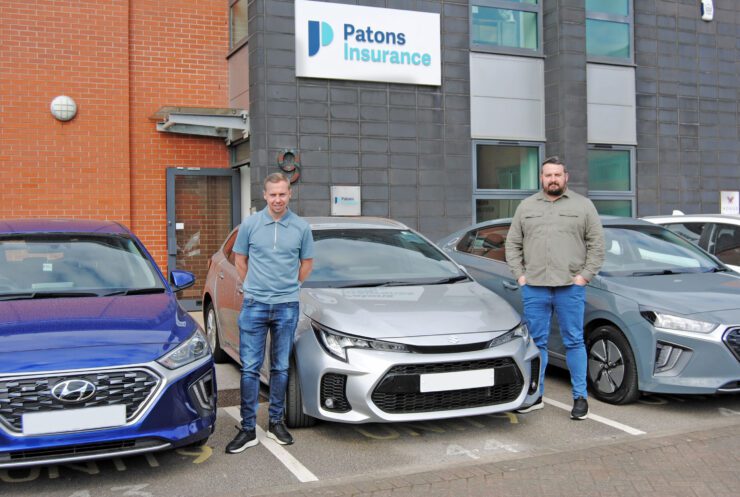As demand for taxis continues to surge in towns and cities around the world, manufacturers are looking to the skies to solve the problem.
This summer’s Olympic Games in Paris and the Los Angeles Olympics in 2028 are expected to be key events in the development of electric aircraft.
Trusted taxis
Hyundai, which is already a popular marque among public and private hire taxi drivers with its Kona Hybrid, i30 Tourer and IONIQ 5, has harnessed that success and technology in its latest flying taxi.
Through its air mobility arm Supernal, the S-A2 electrical vertical take-off and landing (eVTOL) aircraft was unveiled at the CES tech show in Las Vegas last month. It is fully electric and, like a conventional taxi, can accommodate four passengers and a pilot.
The company said the show “marks the latest milestone in Supernal’s roadmap to commercialize safe, efficient and affordable everyday passenger air travel”. Its aim is to “create a new mode of transportation to get people in urban areas from point A to point B faster. Supernal will achieve commercial aviation safety levels and enable affordable manufacturing of its vehicles.”
Safety
Reporting on the launch, Autocar explains that the styling of the S-A2 has been led by Hyundai group design chief Luc Donckerwolke and is described by the designer as “auto meets aero”.
It is designed to cruise at 120 miles-per-hour at a 1,500-foot altitude and will carry out “typical city operation” trips of 25 to 40 miles.
And, as safety will be paramount, especially when trying to encourage passengers to try a new form of transport, Supernal designed the S-A2 with “a priority on safety and a focus on sustainability and passenger comfort”. The company expects it to be a game-changer as it aims “to achieve the global commercial aviation standard of safety” with backup systems for power, steering and avionics.
Expertise
Supernal brings together Hyundai’s years of automotive experience to the aircraft, combined with the aeronautic expertise of Hyundai president Jaiwon Shin, who spent most of his career at NASA and is leading the project.
He said the aviation industry predicts a huge expansion of eVTOL aircraft in the future as alternatives to taxis. He expects the market to have “hundreds of thousands” of aircraft of this type, compared with the combined 30,000 global commercial aircraft today.
And he said it is vital that manufacturers are ready with the technology to meet demand when it surges.
He told Autocar: “Nobody knows yet, but with the convenience, time-saving and safety, people will start using these mobility options. We need to be ready to meet the demand of hundreds of thousands of aircraft. We don’t know how many it will be, but this is what the aviation industry is forecasting and the advantage we have in mass-production capability in the group.”
Development
Drawing on experience from designing “smart cars” with similar efficient footprints and recent award-winning electric vehicles, Hyundai’s designers also incorporated the latest in passenger experience and automotive design best-practices into S-A2.
One feature they are keen to point out is that being electric-powered ensures that is much quieter than traditional helicopters and light aircraft. Supernal quotes it as being as quiet as a dishwasher, at 65dB during vertical take-off and 45dB when cruising.
It will be interesting to follow the journey as Supernal hopes the S-A2 will be ready for sale in 2028, following test flights next year and pre-production vehicles in 2026 and 2027.


